Mottahedeh: More Than Just A Pretty Plate
For this inaugural blog post I’m deep diving into the history of an early win I had, in my treasure hunt for goods to stock Jane Carter Studio. I came across a set of eight dinner plates in a Mottahedeh pattern, Summer Fruit, Vista Alegre. Here they are pictured in a formal table setting but they would be equally at home on a casual summer lunch table, al fresco.
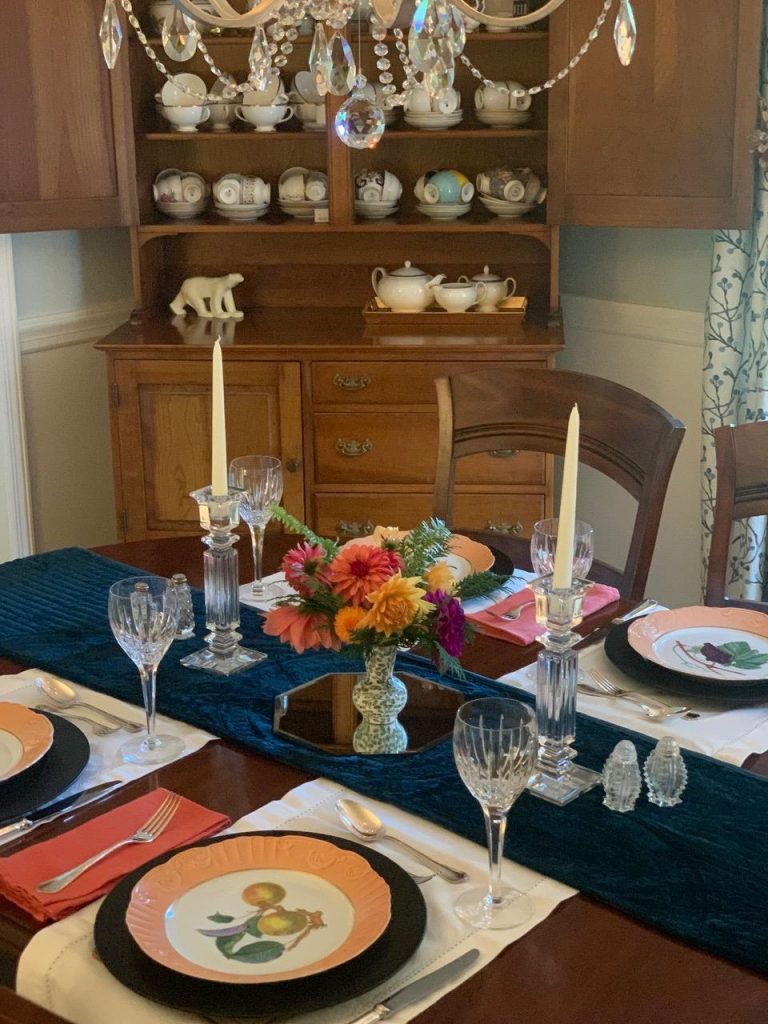
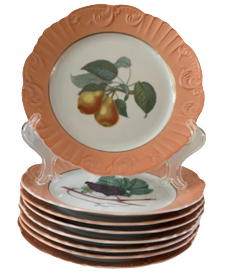
I noticed that although the plates were made in Portugal, the name Mottahedeh sounded Arabic to me. Intrigued to learn more I discovered a captivating tale that revolves around world events of the 20th Century. The story of Mottahedeh takes us back to one Rafi Mottahedeh, aged 24, who lived in Central Persia in the early part of the last century …
After his father lost his rugs and brocade business due to political upheaval, Rafi arrived in New York in 1925. With his savings of $500 his plan was to work during the day and study at night. He found employment as a translator (Persian and Arabic) to the Curator of Islamic Art at the Metropolitan Museum of New York and in the evenings studied at NYU.
As a collector himself, and motivated by the beauty of Persian pottery, antiquités, and wall tiles he soon began importing them. He met Mildred Wurtzel from New Jersey, a decorator working in Manhattan, who bought Persian accessories. They married in 1929 and their business partnership blossomed along with their personal collection.
The couple knew Persia had a wealth of European and Asian antiquites and became very successful in commissioning designs. Then with the threat of WWII even more porcelain became available as threatened Europeans felt forced to put their family treasures on the market in great quantities. Conversely, during and after the war a lack of supply became the case as what treasures were left had been hidden around the world. (To learn more about this history Mottahedeh recommends watching The Monuments Men, a film about the restitution of art and cultural objects, many of which were stolen by the Nazis.) Additionally, many factories and sources were destroyed therefore changing the collectors’ landscape further; unfortunately the possibilities for any continued manufacturing were bleak.
The Mottahedeh’s pivoted and changed their business model accordingly. Without the access to collectibles they had previously enjoyed, they turned to creating superb reproductions from the 18th century and after.
The decision to manufacture mainly in Portugal made sense as it already had an established craft industry of quality. Mottahedeh’s specific ceramic – fine porcelain – comes from Kaolin (decomposed granite). It has a white, glassy, and smooth surface. The colors are even and each and every piece is blemish-free. As scholars and collectors, Rafi and Mildred’s attention to detail produced exquisite pieces.
They took pride in bringing beauty to the tabletop and transforming our universal need to eat into a delightful experience. Bringing history to people this way pleased Rafi and Mildred, as they believed it created a conversation around modern and past design. In the 60s and 70s Mottahedeh became a source for Museum reproductions by The Metropolitan Museum of Art in New York and the Musée des Arts Decoratifs in Paris, among others. “Mrs. M.”, as she was called, continued to travel the world as buyer and it was said she accumulated 50 to 60,000 miles per year for 30 years!
Rafi predeceased Mildred in 1978, but not before publishing a book on his own collection of Chinese porcelain for which Nelson Rockefeller (his friend) wrote the introduction calling it: “utterly fabulous, an artistic and cultural treasure without comparison in its field.”
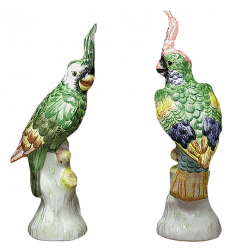
Mildred became owner and CEO. She continued to run the company, but it seems to me in reading about her, that she was a powerhouse in other areas, too. As an advocate for religious tolerance (she herself a member of the B’hai faith) she spoke and toured the U.S. She was also present at the signing of the Charter of the United Nations, and worked to establish a World Parliament. She was a Fellow of the Metropolitan Museum of Art and a Fellow at the Royal Society of Arts.
Over the years the Mottahedehs together founded schools in Africa and India and also established a charity encouraging social development in Third World countries. The Fashion Institute of Technology in New York awards a scholarship in Mildred’s name.
At the end of her life, Mildred, ever a mindful steward for the company, sold Mottahedeh to a friend of the family, Wendy Kvalheim who is now CEO and Director of Design. (Link to her wonderful and informative blog here.) Wendy’s education as a sculptor and student of reproductions (She has a degree in Fine Art from Pratt and a BA from Mount Holyoke) together with her knowledge of casting and color seem to have uniquely prepared her for the role. On top of which Mildred spent five years in the 1980s working with Wendy to share her own vast knowledge. Ownership transferred to Wendy and Grant Kvalheim in 1992.
Mildred died in 2000 at the age of 91 and that year Sotheby’s held an auction of her collection (their second auction of the Mottahedehs’ personal pieces) – over 400 items – which netted over four million USD, above the predicted estimate.
Today, Wendy Kvalheim is continuing the Mottahedeh brand as a world-renowned manufacturer of fine porcelain. Her interests are a little broader than reproductions and historic licensing (she has introduced new products), positioning Mottahedeh as a company whose forté is principally design.
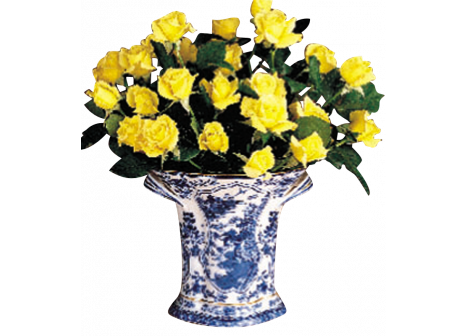
Visit Mottahedeh to be wowed, as I am, by the breathtaking array of porcelain sold today. Mottahedeh continues to license dinner and giftware lines for Colonial Williamsburg, Winterthur, Historic Charleston, and Mount Vernon … and this is not to even mention the patterns of Tobacco Leaf, and Blue Canton, other giftware, lamps, and home fragrances.
In business for over 90 years, Mottahedeh remains a leader in the field of luxury ceramics, reproductions, and historical design. I, for one, am in grateful awe of the magnificent products, the people behind such magnificence, and the role Mottahedeh has played and continues to play in history and society.
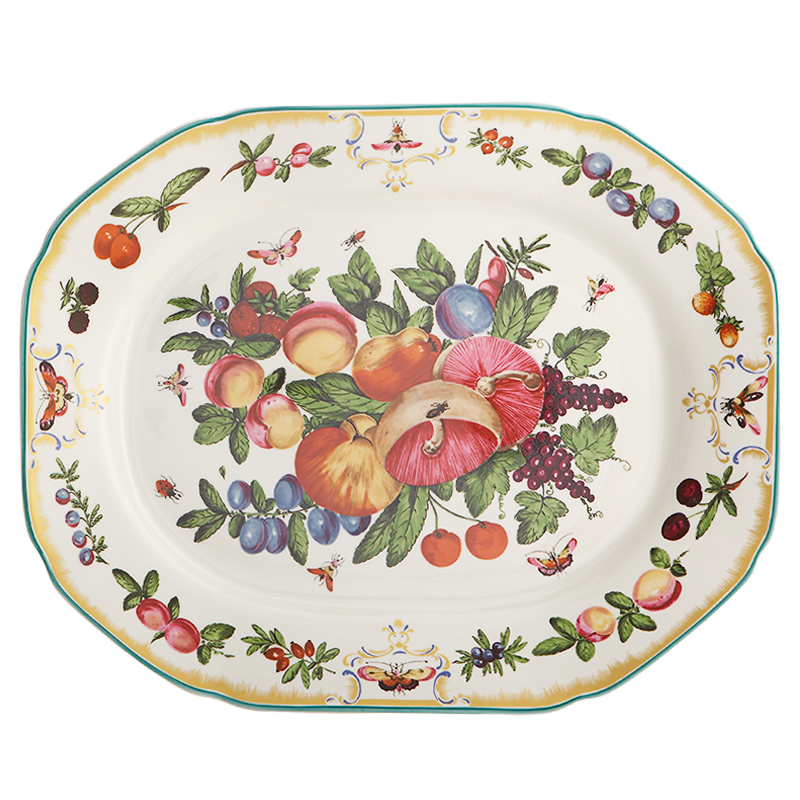
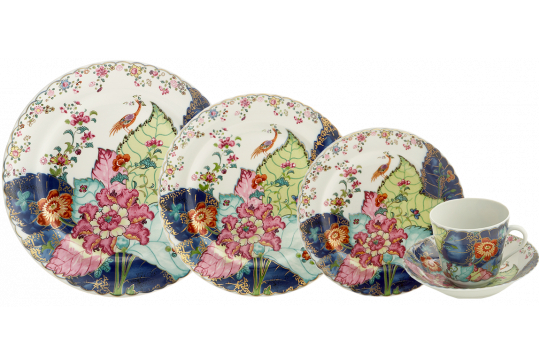
Thanks for reading! I do hope it was as interesting for you to read as it was for me to write and research. Comments welcome!
Bye for now,
Jane xox

Dear Jane,
Your blog about Mottahedeh is insightful and well researched and I am very grateful to you for the attention you have given it. Wishing you well as you delve further into this remarkable area of expression: The history of Porcelain. So nicely done!
Including a few years when Rafi was on his own, we are coming up to Mottahedeh’s 100 year anniversary in 2024. Mottahedeh in farsi, though a family name, means “United.”
It is this anniversary that reminds us that we all have something to contribute to the arts and culture of the Day, if we choose to, even as a small number of people. The diversity of culture and expression makes life beautiful, but it requires others to appreciate it that gives it its value. Thank you for contributing to this. My Best , Wendy
Thank you, Wendy! It’s so perfect that Mottahedeh means United in farsi… Rafi and Mildred were united in their endeavour, Mildred worked with the United Nations; and their tabletop pieces are for bringing people together around a table. I loved learning that … it adds to the beauty. Best wishes to you, too. Jane
What a fascinating history! Knowing a bit about these very talented people just adds to the beauty of their works. Thank you Jane, for such an interesting blog and for finding such lovely pieces!
Rondi